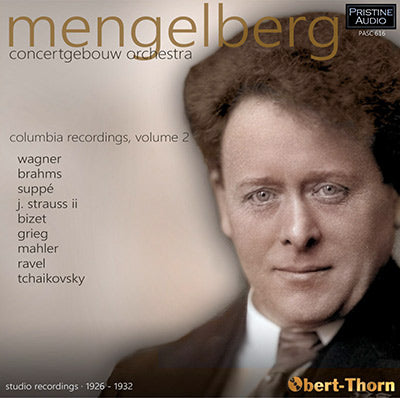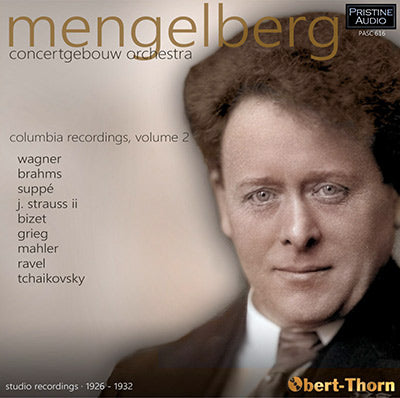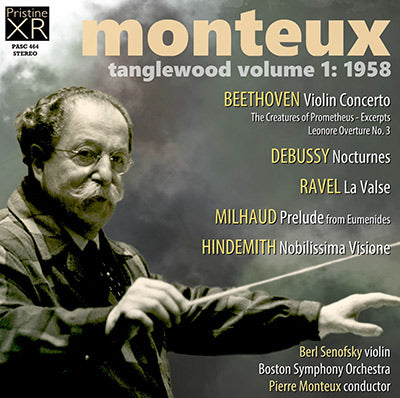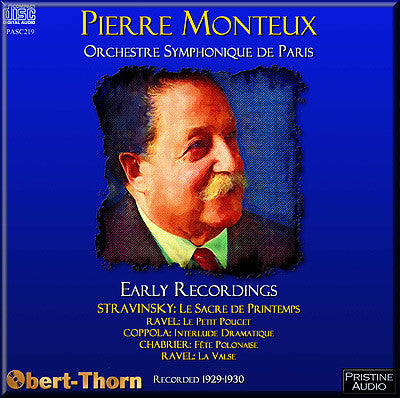Ravel
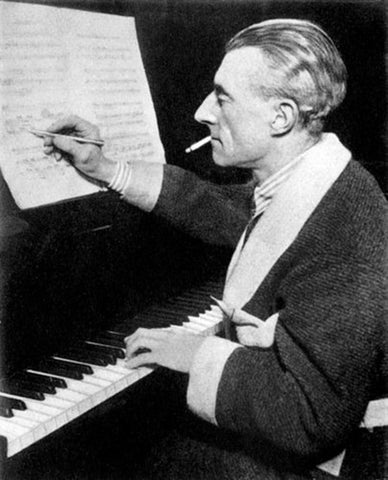
Born to a music-loving family, Ravel attended France's premier music college, the Paris Conservatoire; he was not well regarded by its conservative establishment, whose biased treatment of him caused a scandal. After leaving the Conservatoire Ravel found his own way as a composer, developing a style of great clarity, incorporating elements of baroque, neoclassicism and, in his later works, jazz. He liked to experiment with musical form, as in his best-known work, Boléro (1928), in which repetition takes the place of development. He made some orchestral arrangements of other composers' music, of which his 1922 version of Mussorgsky's Pictures at an Exhibition is the best known.
As a slow and painstaking worker, Ravel composed fewer pieces than many of his contemporaries. Among his works to enter the repertoire are pieces for piano, chamber music, two piano concertos, ballet music, two operas, orchestral music, and eight song cycles; he wrote no symphonies and only one religious work ("Kaddish"), which is merely an arrangement of pre-existent Hebrew liturgical melodies. Many of his piano pieces also exist in the form of orchestrations made years after their original conception. Some of his piano music, such as Gaspard de la nuit (1908), is exceptionally difficult to play, and some of his complex orchestral scores, such as the music for the ballet Daphnis et Chloé (1912), require great conducting skill to realize successfully.
Ravel was among the first composers to recognise the potential of recording to bring their music to a wider public. From the 1920s, despite limited technique as a pianist or conductor, he took part in recordings of several of his works; others were made under his supervision.

Ravel
Born to a music-loving family, Ravel attended France's premier music college, the Pari...
WAGNER Tannhäuser Overture - Lohengrin Prelude
BRAHMS Symphony No. 3 - Academic Festival Overture
GRIEG Two Elegiac Melodies
RAVEL Boléro
J STRAUSS II Perpetuum Mobile
music by Suppé, Bizet, Mahler, Tchaikovsky
Studio recordings, 1926-32
Total duration: 2hr 18:29
Concertgebouw Orchestra of Amsterdam
conducted by Willem Mengelberg
TCHAIKOVSKY Symphony No. 4 in F minor
TCHAIKOVSKY Symphony No. 5 in E minor
TCHAIKOVSKY Romeo and Juliet – Fantasy Overture
TCHAIKOVSKY Waltz from Serenade for Strings
J S BACH Suite No. 2 for Flutes and Strings
J C BACH Sinfonia in B flat
BEETHOVEN Leonore Overtures 1 & 3, Coriolan Overture et al
WEBER Der Freischütz, Euryanthe, Oberon - Overtures
LISZT Les Préludes
WAGNER Tannhäuser Overture - Lohengrin Prelude
BRAHMS Symphony No. 3 - Academic Festival Overture
GRIEG Two Elegiac Melodies
RAVEL Boléro
J STRAUSS II Perpetuum Mobile
music by Cheubini, Mendelssohn, Berlioz, Suppé, Bizet, Mahler, Tchaikovsky
Studio recordings, 1926-32
Concertgebouw Orchestra of Amsterdam
conducted by Willem Mengelberg
Save 5% when you purchase the complete set
BEETHOVEN Violin Concerto
BEETHOVEN The Creatures of Prometheus - Excerpts
BEETHOVEN Leonore Overture No. 3
DEBUSSY Nocturnes
RAVEL La Valse
MILHAUD Prelude from Eumenides
HINDEMITH Nobilissima Visione
Live stereo recordings, 1958
Total duration: 2hr 15:06
Berl Senofsky, violin
Boston Symphony Orchestra
RAVEL Le tombeau de Couperin
RAVEL Rapsodie espagnole
RAVEL Daphnis et Chloé Suites 1 & 2
BERLIOZ Rêverie et caprice
Live recording, 1959
Total duration: 73:00
Joseph Szigeti, violin
New York Philharmonic Orchestra
conducted by Pierre Monteux
RAVEL Daphnis et Chloé
RAVEL Rapsodie espagnole
RAVEL Pavane pour une infante défunte
Stereo studio recordings, 1959 & 1961
Total duration: 73:58
Royal Opera House Chorus
London Symphony Orchestra
conducted by Pierre Monteux
STRAVINSKY Le sacre du printemps
RAVEL Le petit poucet (Ma mère l’oye)
COPPOLA Interlude dramatique
CHABRIER Fête Polonaise ( Le Roi malgré lui)
RAVEL La valse
Recorded in 1929 and 1930
Total duration: 62:27
Orchestre Symphonique de Paris
Pierre Monteux, conductor

